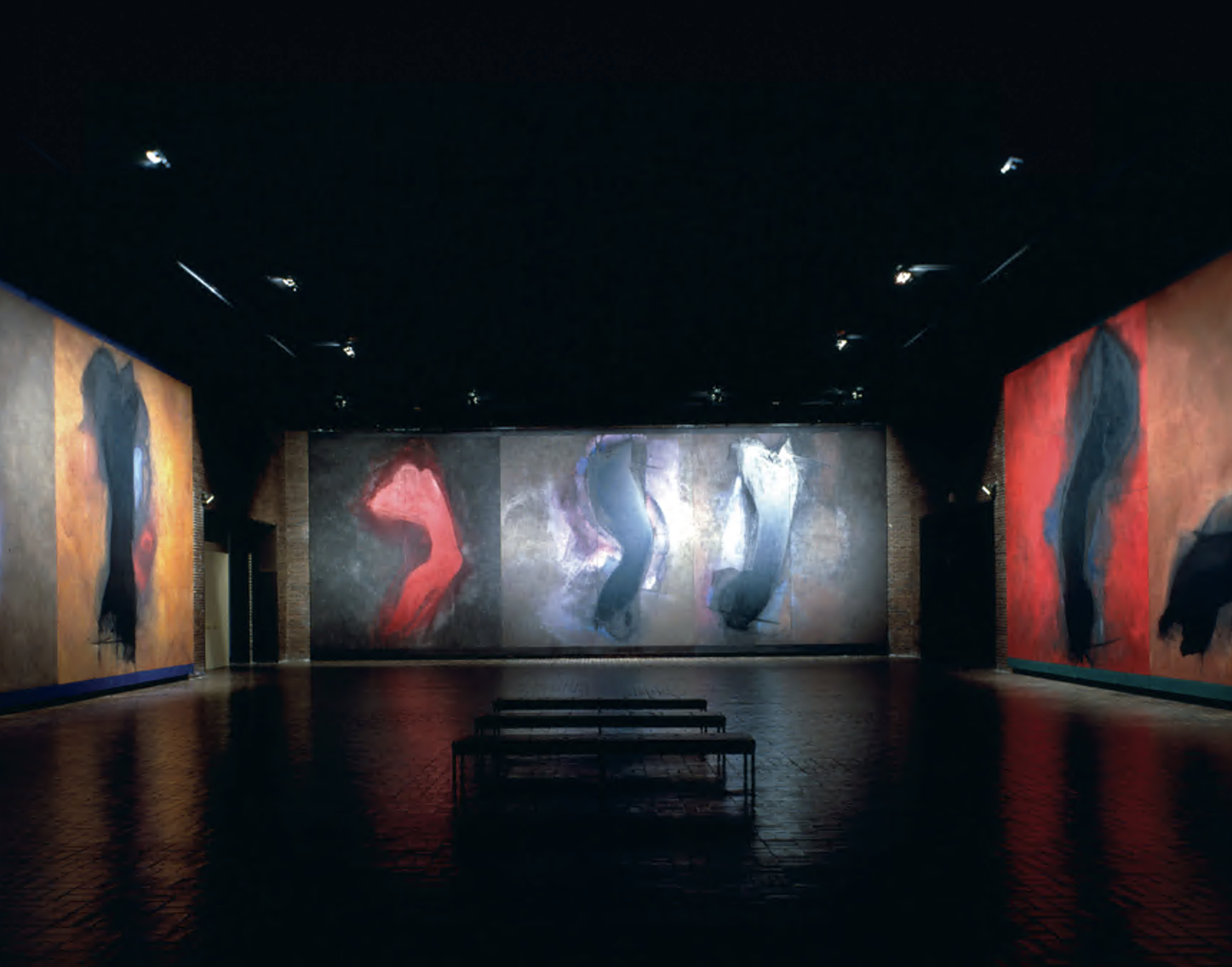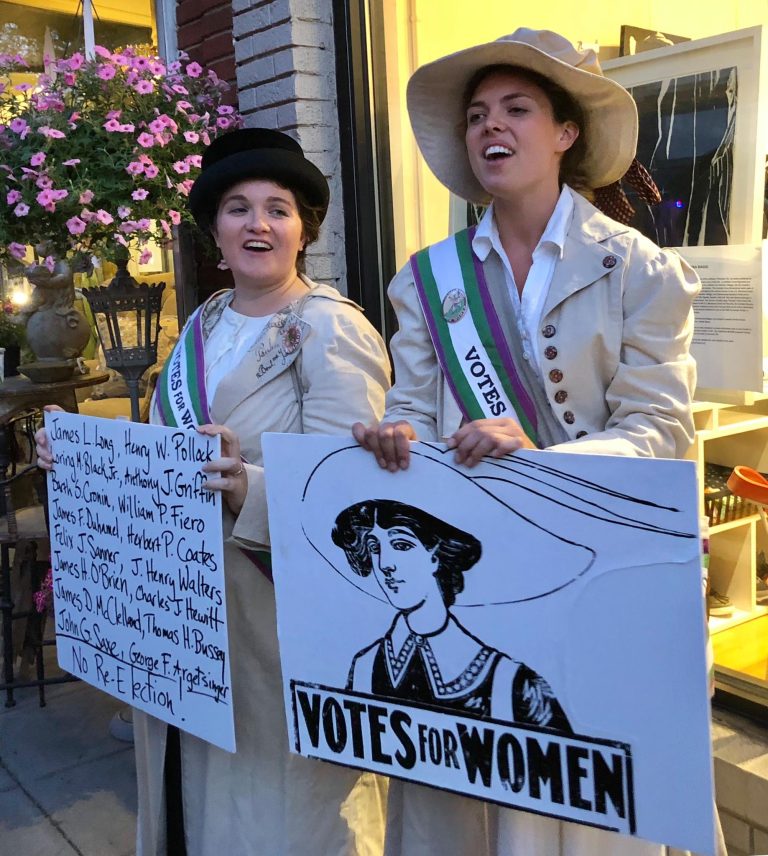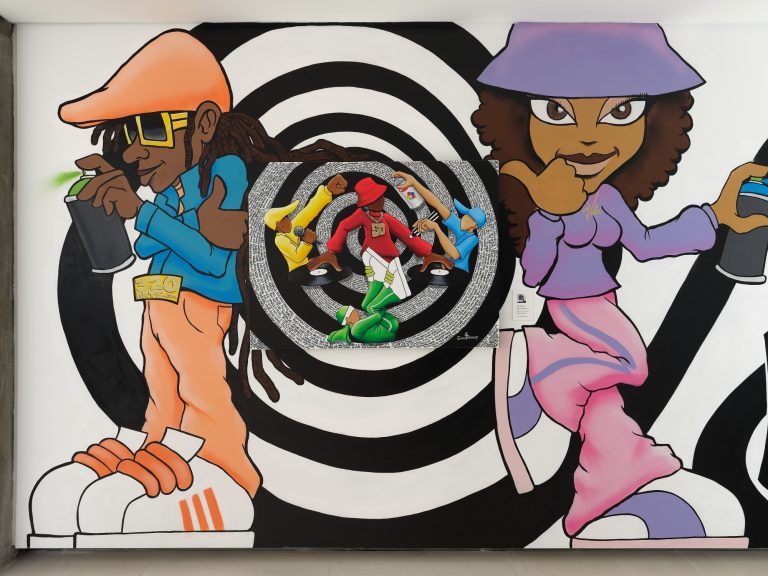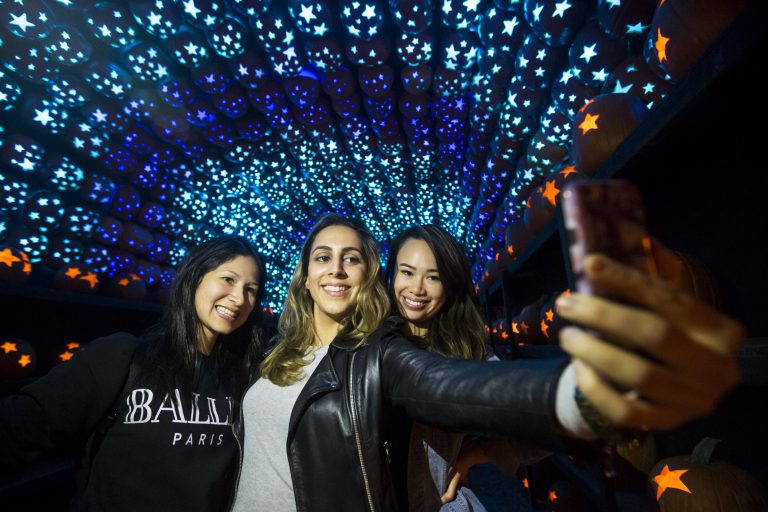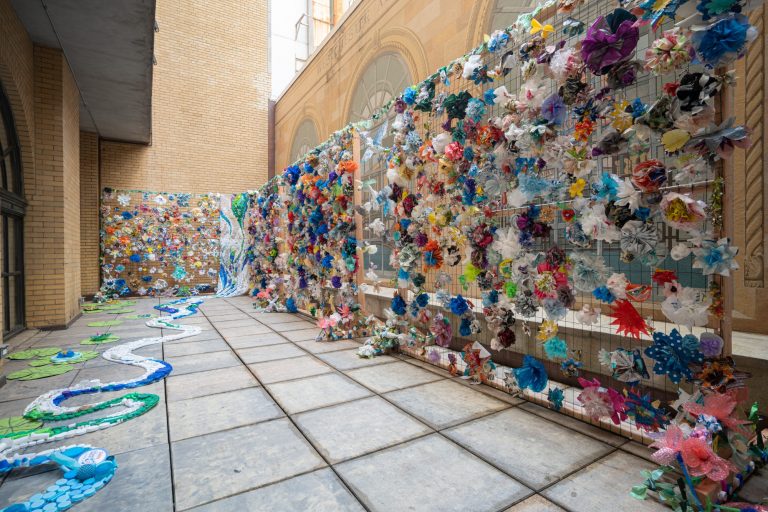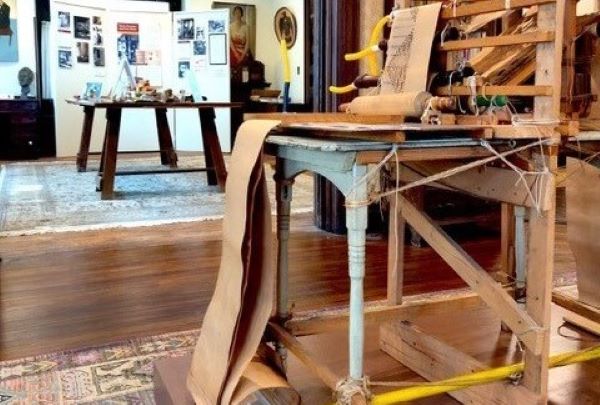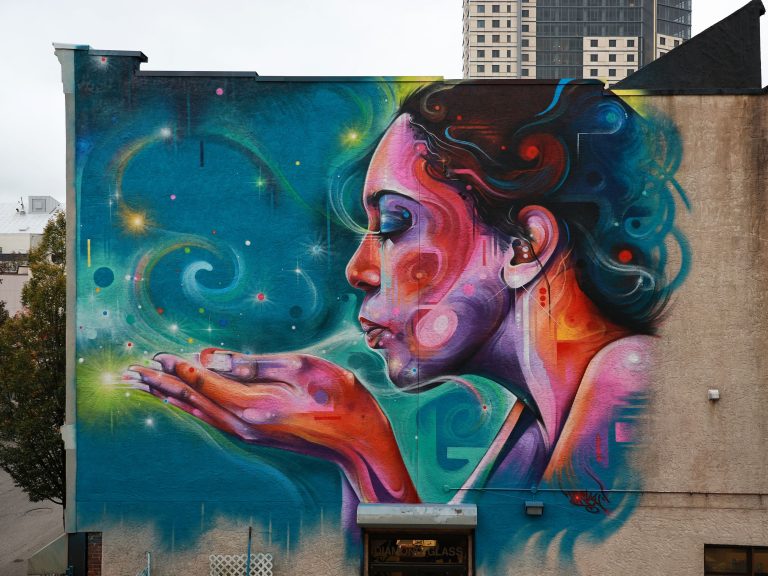Friends of Neuberger: Capturing a Contemporary Spirit
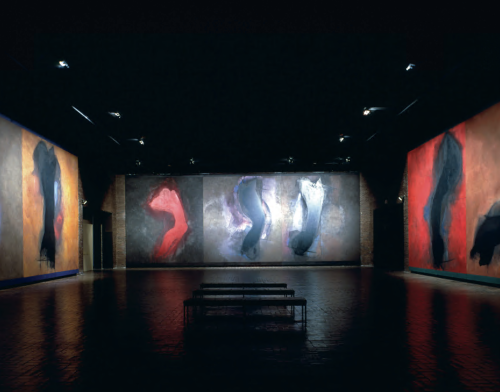
What is contemporary art? This is a question not to be answered in a word, but pondered and defined in one’s own terms. Today’s contemporary art differs vastly from the contemporary art that existed in the time of Roy N. Neuberger, the founder of the Neuberger Museum of Art (NMA), situated on the campus grounds of SUNY Purchase. He felt that the way to support artists was to buy their work while they were alive. In fact, the work that he purchased for his personal collection in the 1940s-‘60s became the basis of the Neuberger’s permanent art collection. The world has changed dramatically since then, and art perceptions have changed along with it.
The Friends of Neuberger group, which formed in 1972 prior to the Museum’s opening in 1974, understood its founder’s mission, and has since continued to honor it by carrying out his vision and acquiring works of living artists. The group has also been instrumental in supporting NMA’s programs and educational outreach to underserved communities. In short, the Friends of Neuberger capture a contemporary spirit, becoming risk-takers like its founder.
It is through the lens of this Friends group that the Museum presents its current exhibition, The Friends at 50: Selections From Their Collection, on view through July 3.
Says NMA’s director, Tracy Fitzpatrick: “Roy Neuberger championed emerging artists working in the United States at that time. Inspired by the struggle of artists to gain notice and support, he saw their place within the building of his collection as an essential part of his lifelong work.”
Since Roy Neuberger’s original gift of several-hundred pieces, the Museum has expanded to over 6,000 objects that span a wide range of media and artists, forming what Fitzpatrick calls a “collections of collections.” Significant holdings include the Aimee W. Hirschberg and Lawrence Gussman Collections of African Art; the Hans Richter bequest of Dada and Surrealist objects; the George and Edith Rickey Collection of Constructivist Art; and the Luis Calzadilla Collection of Contemporary Latin American Art.
While the Museum’s works do not all fall within Neuberger’s specialty of mid-century American art, it is with the same zest that the collection continues to grow through its acquisitions and donations. In fact, visitors may notice a plethora of materials and techniques used in the works on display.
For instance, artist Shahram Karimi, paints a scene entitled Winter. Superimposed on the cool gray and white oil paints is an element of surprise: Karimi uses a light source to produce a flickering effect, causing the wintery field to shimmer. Polly Apfelbaum created Carpet of Color using felt yarn and safety pins to mimic rows of randomly placed color. Chakaia Booker utilizes black rubber tires and metal stain to create a small box sculpture with a large statement. Cut rubber tires, which have traveled miles before being recycled into this new form, spill over the box towards the viewer.
Two works that use the female figure as a focal point are Whitfield Lovell’s Bringer and Richard Diebenkorn’s Girl on a Terrace. Lovell’s larger-than-life charcoal female, surrounded by lamps, table and lace cloth, stares at the viewer and brings them into her actualized space. Diebenkorn’s work, which was part of Roy Neuberger’s collection, creates bold color fields of blue, green and terracotta, superimposing a partial figure dreamingly looking into the distance. His space is contained within a traditional rectangle, while Lovell’s installation encompasses real space.
While Roy N. Neuberger’s collection has become a more familiar palette to digest, the Friend’s show is creating a new language to be understood. One of the most substantial works in the collection was one commissioned specifically for the NMA: Cleve Gray’s Threnody, which is on view as part of the Friends at 50 exhibition.
Says Fitzpatrick: “When I decided to re-install Threnody for the 50th anniversary of our Friends organization, I did so long ago – prior to the beginning of a new war. As I watched the piece being installed for the exhibition, I was reminded of the poignancy of art and its ways of communicating in times of hardship and sorrow.”
Threnody, like many works in the exhibition, demonstrates: Seeing images of artworks, versus seeing the works in person are indeed two very different experiences.
About the writer: Expressing a unique sensitivity to line, 3-dimensionality, shape and color, Susan Manspeizer, creates art that embraces cycles of growth in both life and the natural world.
A version of this article first appeared in the May 2022 issue of ArtsNews, ArtsWestchester’s monthly publication. ArtsNews is distributed throughout Westchester County. A digital copy is also available at artsw.org/artsnews.
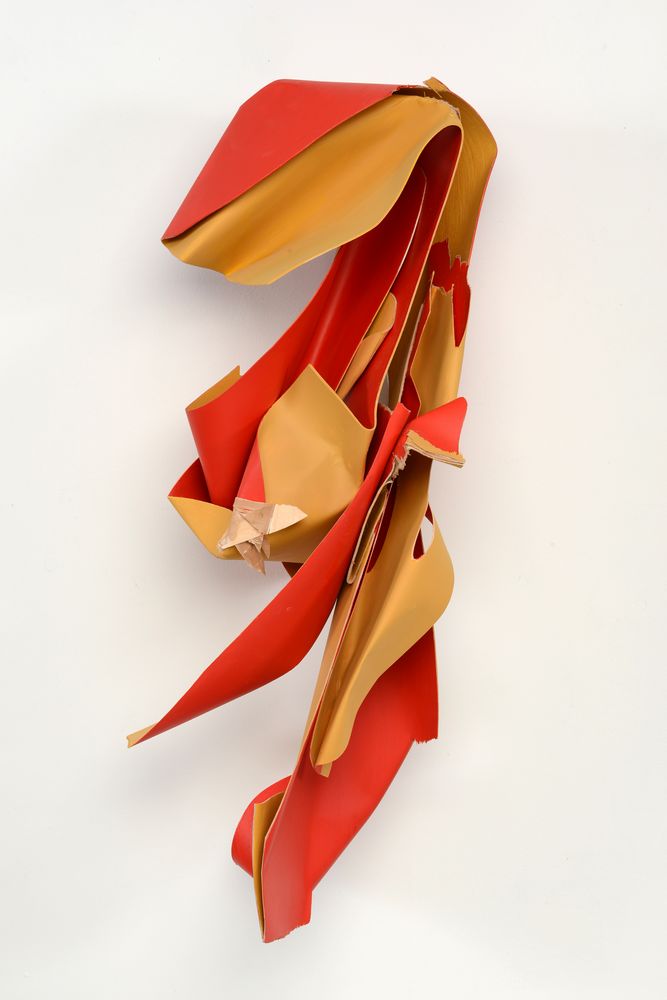
About Susan Manspeizer
As a woman in my early 70’s, my work has long explored themes of resilience and maturation. In a new series of bent-wood sculptures, I explore similarities between the life cycles of women and shells. Both once served as vessels for life, yet continue afterward through important, progressive personal stages of their own. I celebrate the aging process as fleeting, fragile and fraught with imperfections that beg acceptance. An initial glance at these sculptures reveals intense, vibrant colors and exciting, sensuous shapes. But further inspection reveals more a nuanced surface: unconcealed imperfections emerge including areas of raw, exposed wood, jagged and frayed edges, and countless small cracks. Life is beautiful, but filled with challenges. My work celebrates the fact that, as we mature, we continue to grow, reinvent and transform ourselves. Carpe diem! Cease the moment and go forward positively.

